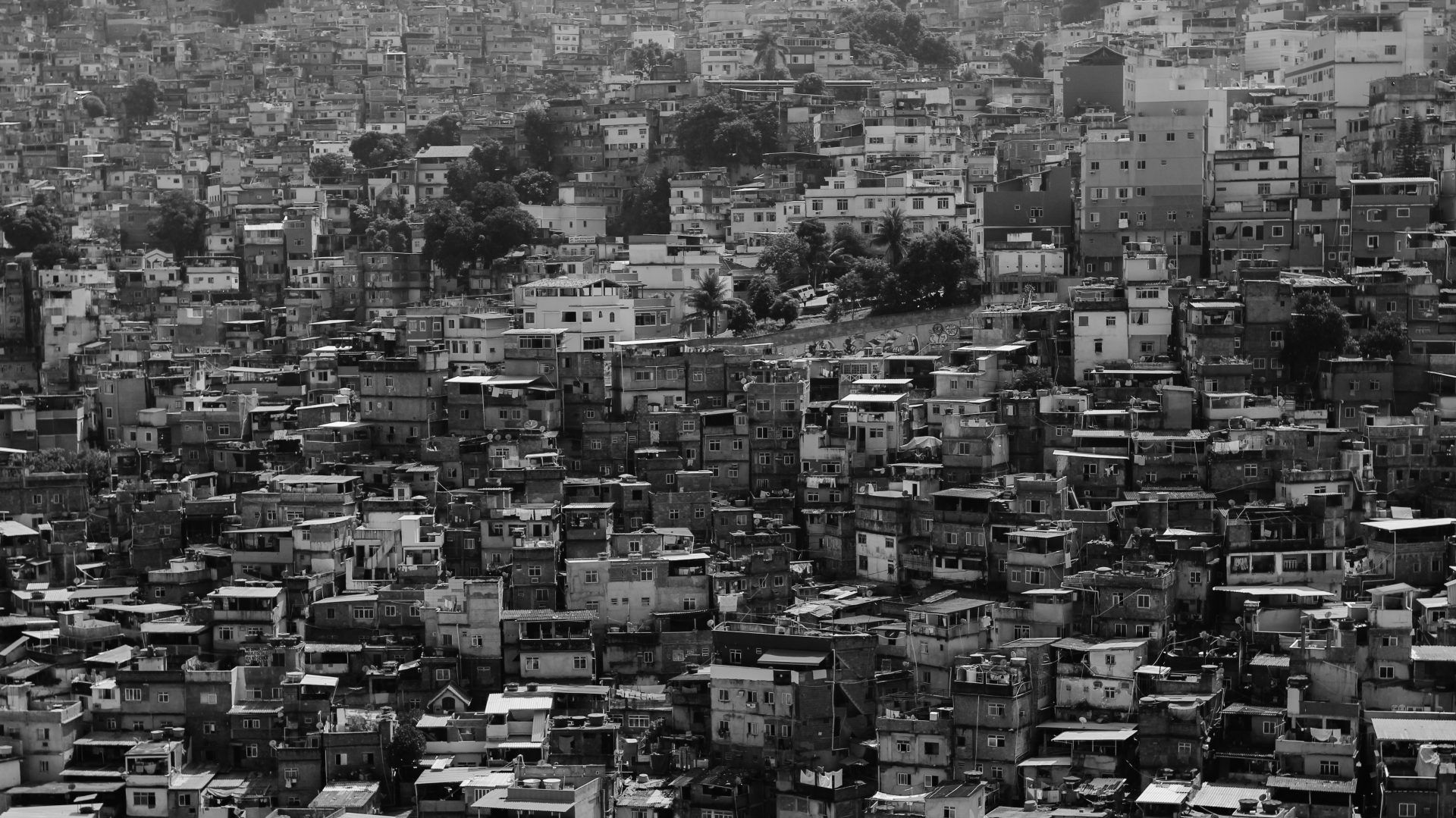Erik Berg er tilstede under World Urban Forum, som i år finner sted i Kuala Lumpur, 7 – 13 februar 2018. World Urban Forum (WUF) er en av verdens fremste konferanser tilknyttet urbane utfordringer. Konferansen ble opprettet i 2001 av FN, med mål om å se nærmere på de mest presserende problemene verden står overfor i dag: rask urbanisering og dens innvirkning på samfunnet, byer, økonomi, klimaendringer og politikk.
Erik Berg holdt åpningsinnlegget tilknyttet et “networking event” på WUF, – arrangert i samarbeid med likestillingskommisjonen Huairou og Slum Dwellers International. Nedenfor kan du lese dette innlegget:

WHO AIDS WHOM? THE GREEN CLIMATE FUND
Madame chair, ladies and gentlemen
In Quito, during Habitat III, October 2016, Groots/Huairou Commission, SDI, WIEGO and Habitat Norway initiated the first “Who is Aiding whom?” networking event focussing on overseas development assistance to urban development and in particular to the urban poor and their organisations, the grassroot movements. The focus, rather, became the lack of such assistance.
One finding that came up early in this meeting was that most of today’s poverty oriented, urban development assistance – a miniscule 4-5 % of total OECD/DAC member state transfers – are channelled through international rather than national, regional or local agencies directly. The current international development finance architecture in fact restricts access for local projects that is safeguarding the poor and the vulnerable. Conventional large–scale infrastructure investments are prioritized over smaller, decentralized, innovative solutions activating and benefitting poor people in local communities. “Small is no longer beautiful”.
It was also pointed out in the Quito event that international climate funds, in particular the Green Climate Fund, are hardly localizing support at all. There are some exceptions, though. Let me mention two: the Kenyan County Climate Change Fund is mobilizing significant local sector finance. In Bangladesh, the Infrastructure Development Company is a financial intermediary that invests in and represents the priorities of local people. And the Global Environment Facility (GEF), through its Small Grants Programme, is governed by multi stakeholder committees at the national level that include local community representatives
So, the challenge is that the Green Climate Fund should use its resources more effectively by directly channelling to poor communities. Currently, just 4% of the US 1.5 billion committed by the Fund flow directly to partners in the poorest countries. By channelling more money directly to the local level – through local government, banks and community based organisations/grassroot movements – the Fund will more effectively support action to fight climate change.
Meeting climate challenges is also about making more money available. Today the US is the largest contributor to the Green Climate Fund having committed USD 3 billion. This equates to 30 per cent of all finance committed to date. But only 10% of this have been provided so far. What will happen with US funding given present policies? Are major US cities ready to come in with supplementary funding? More financial resources are certainly needed for the global climate struggle. Not less.
Most proposals to the GCF come from international institutions – few from Least Developed countries. Only one community specific programme led by a developing country (Namibia) had by April 2016 been approved. We need to find out why.
The IIED report, “Delivering the real Change. Getting international Climate Finance to the Local Level” (2016) gives some answers. It suggests that there are at least three steps the Green Climate Fund could take to change the present stalemate.
First, the Green Climate Fund could prioritize social development alongside economic efficiency. The Fund’s investment framework currently assesses project proposals based on a qualitative explanations of how a project would perform under investment criteria. In other words: GCF judge projects on the tonnes of carbon reduced and the mobilisation of private co-finance all of which incentivise large energy investments. This deprioritize services to the local level and adaption projects that are seen as less bankable. Alternative criteria need to be established. How could existing regulations be amended? Member states have a particular responsibility.
Secondly, more needs to be done to develop subnational bodies as executing entities. “Readiness support” from the Green Climate Fund can help countries build local agencies’ capacity to take on this role. And with such competency subnational entities could develop fundable proposals.
Thirdly, it could accredit and incentivize inclusive, national intermediaries that have a track record of reaching out to communities and which prioritize social and climate-resilient development over growth.
I am thinking about social development institutions, local government, education- and health ministries which have different roles to play in fostering resilience to climate shocks among the poorest. They often have strong relations with communities, civil society groups and local authorities and can ensure the poorest communities benefit. However, these institutions typically lack knowledge of and access to large-scale international climate finance.
Although “readiness support”, designed to improve these capacities, is available from the Green Climate Fund, little such support has been disbursed so far. The rules and regulations of the Fund needs to be changed with a simplified access and approval process.
– Erik Berg

